Drought Impacting Pasture and Rangeland Conditions
TOPICS
WeatherMichael Nepveux
Economist
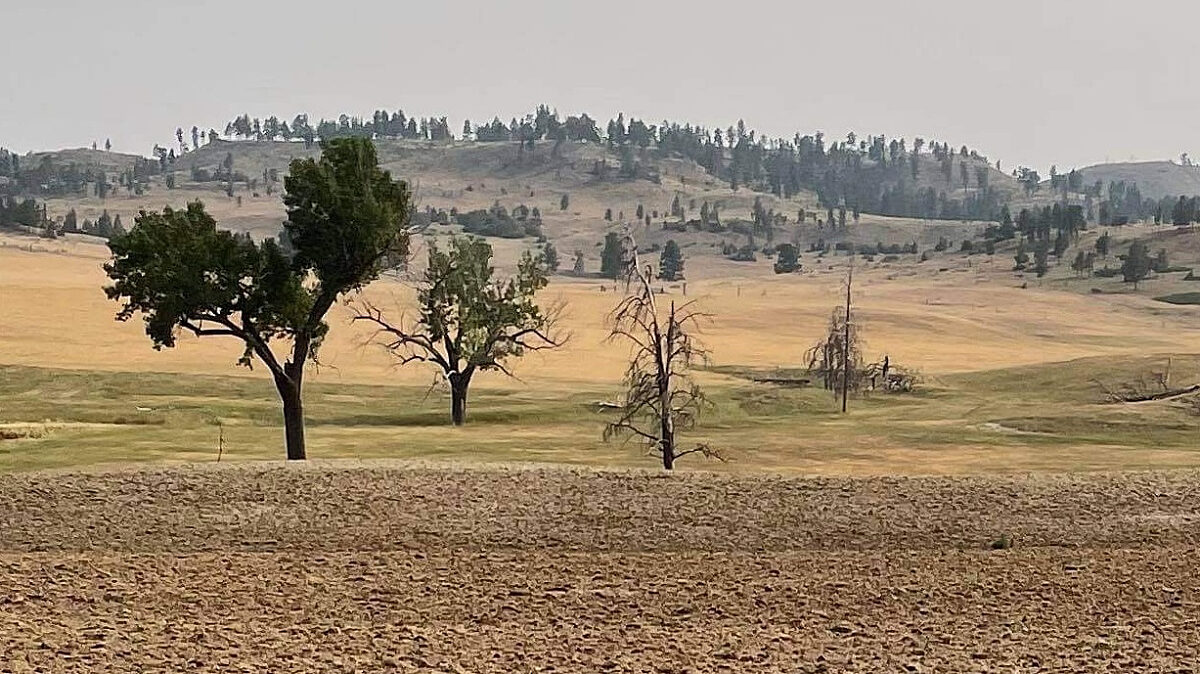
photo credit: Montana Farm Bureau, Used with Permission
Michael Nepveux
Economist
Weather was a tremendous challenge for farmers across the country in 2019, delaying or even preventing them from getting their crops in the ground and causing great uncertainty in the corn and soybean markets. That weather also led to the worst reported crop conditions since 2012.
However, earlier in summer 2019, the rainy weather had a different effect on range and pasture across much of the U.S., creating record ratings of good-to-excellent pasture and rangeland. Those ratings declined substantially as the year went on. This year we are seeing the opposite situation, with drought conditions (Figure 1) across much of cattle country taking a toll.
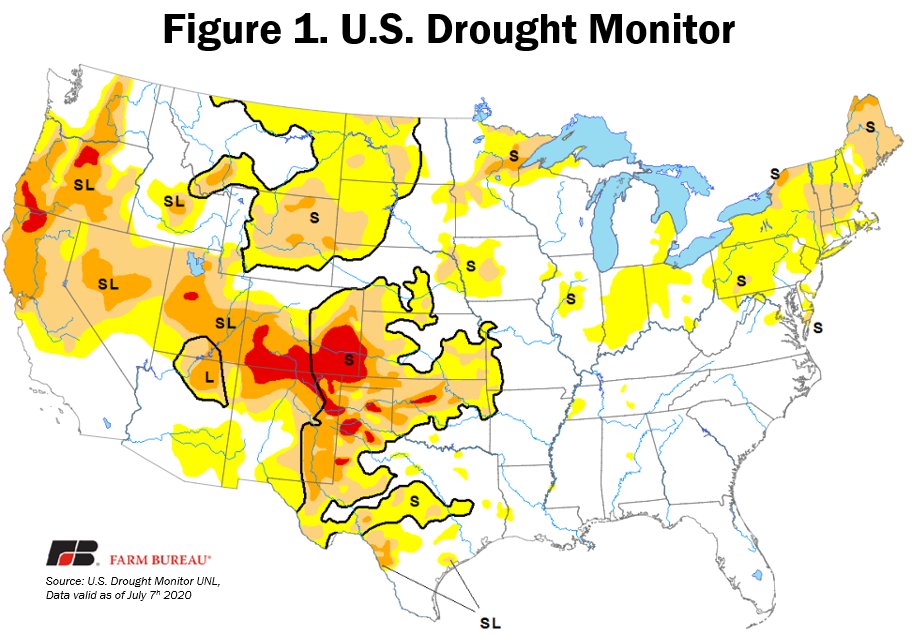
As of July 7, 49% of the continental U.S. is experiencing drought to some degree. This is up significantly from last year, and up from a reported 24% at the beginning of 2020 (Figure 2). Roughly two-thirds of the Western U.S. is experiencing some form of drought, with key cattle regions some of the worst hit. Much of Oklahoma and Texas are experiencing drought, as well as Colorado and parts of Kansas and Nebraska. Drought classifications range from D0, or abnormally dry, to D4, exceptional drought. As Figure 2 shows, 23% of the country is experiencing a D0 drought, 15% of the country is experiencing D1 drought, 9% of the country is experiencing D2 drought, and 2% of the country is experiencing D3 drought.
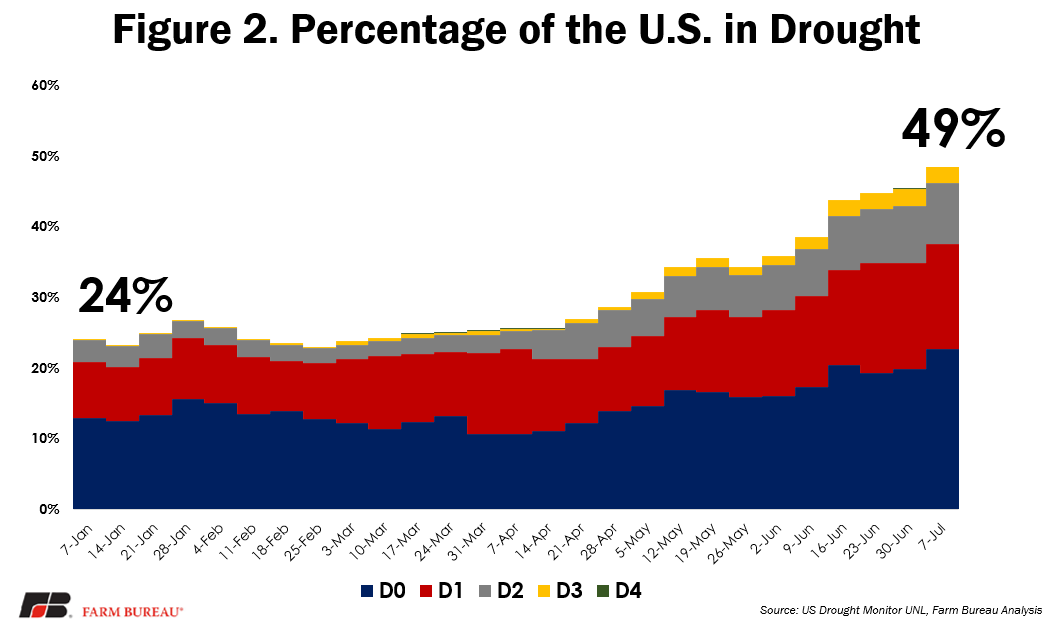
Pasture and Rangeland Conditions
Figure 3 shows the divergence of 2020’s crop and condition ratings from the last few years, as well as the five-year average. At the start of the year, the pasture and rangeland conditions were mostly in line with recent years, coming in a bit below the five-year average. However, due to the dryness and heat of the summer, the percentage of acres rated good-to-excellent nationally has fallen to 36%. This compares to 68% in 2019 and 55% in the five-year average. We have seen the effects of the drought reflected similarly in the percentage of pasture and rangeland rated poor-to-very-poor. The year started with the percentage of poor-to-very-poor acres holding steady at 16%, just above the five-year average. As the drought spread, the percentage of acres rated poor-to-very-poor increased to 30%, a significant jump from the 8% experienced in 2019.
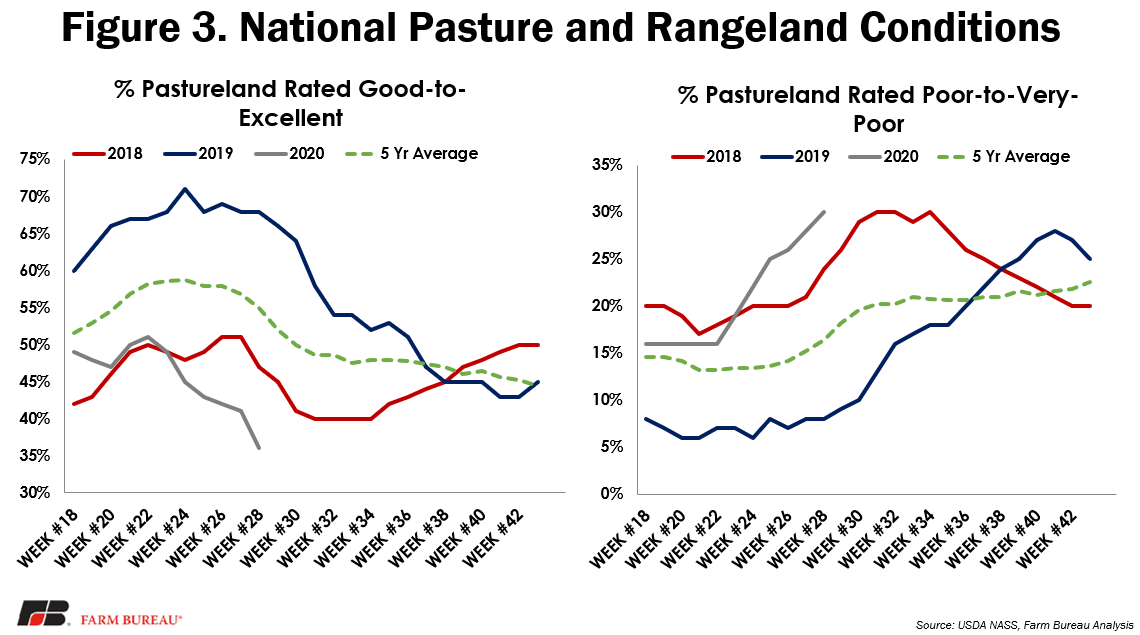
Keep in mind, these are national numbers and conditions often vary by state. Regional differences in precipitation and temperature have led the Western states and portions of the Northeast to experience lower good-to-excellent conditions than other areas of the country.
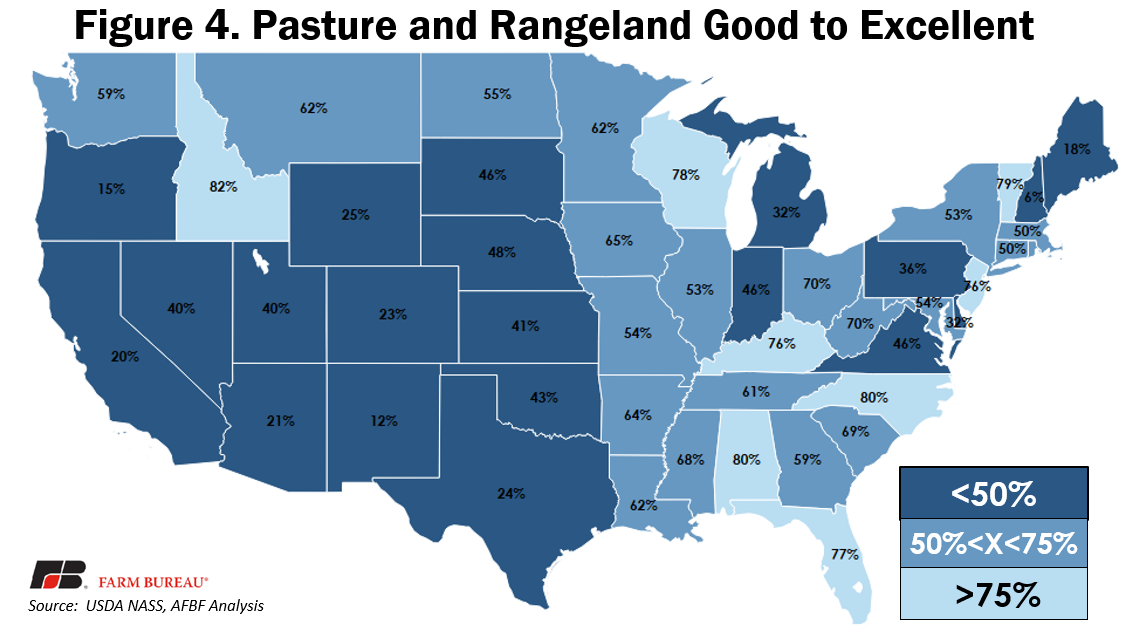
On the opposite end of the spectrum are poor-to-very poor conditions. The regional distribution for this category largely follows the good-to-excellent ratings, with poor conditions concentrated in the Western U.S. and the Southern Plains, as well as the Northeast. New Mexico ranks as the worst in the continental U.S., registering nearly 60% of pasture and rangeland ratings at poor-to-very-poor, with California close behind at 55%.
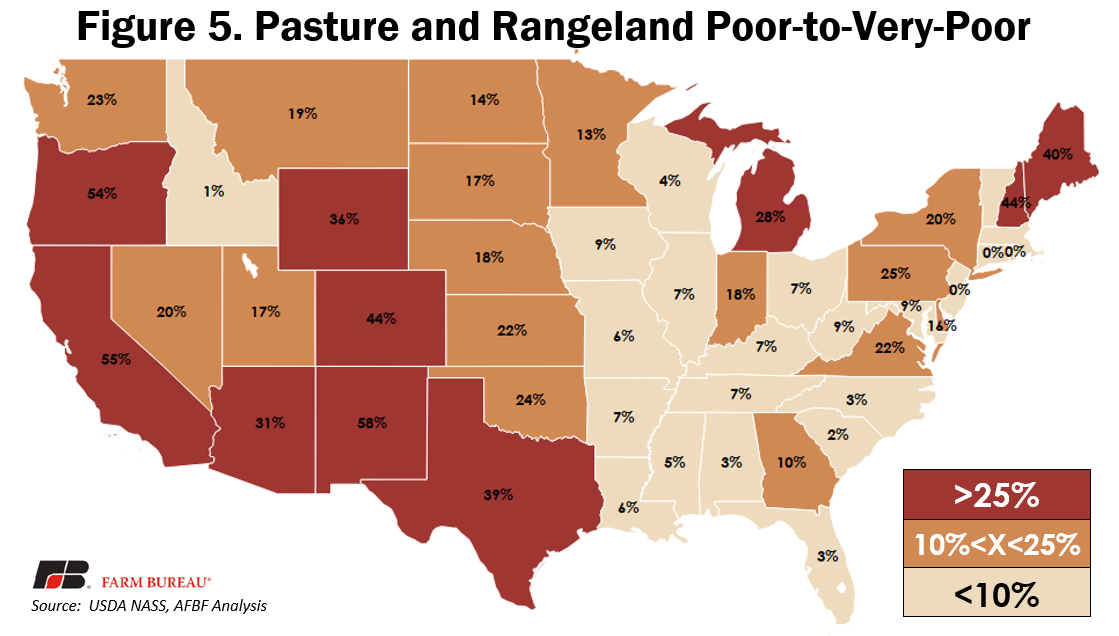
Several states have registered significantly declining conditions throughout June and July this year. For example, the amount of pasture and rangeland rated poor-to-very-poor in Wyoming has increased six-fold, climbing from 6% to 36% over the past eight weeks. Oklahoma followed a similar path, swinging from 9% to 24%, while Texas, another important cattle state, has increased from 26% to 39%. Colorado also spiked over a similar timeframe, moving from 32% to 44% rated poor-to-very-poor.
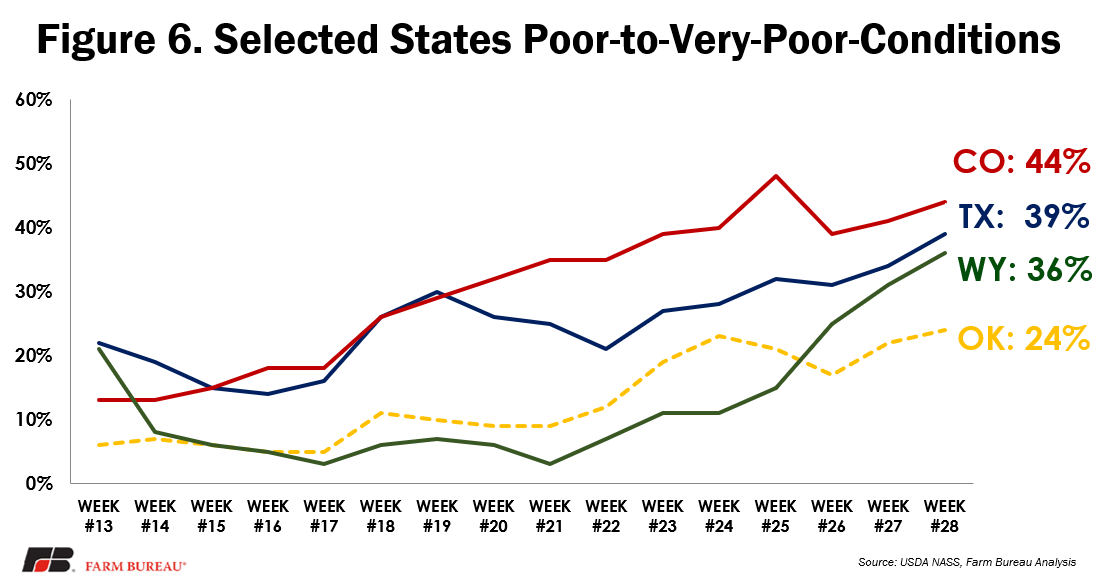
Summary
As drought has spread throughout much of the Western and Southwestern part of the country, pasture and rangeland conditions have suffered. Critical cattle-producing states are experiencing a drastic increase in the amount of pasture and rangeland in their states rated as poor-to-very-poor, while the share of pasture and rangeland rated as good-to-excellent has decreased in much of the rest of the country. Due to the dryness and heat of the summer, the percentage of acres rated good-to-excellent has dropped significantly, falling to 36% nationally.
Trending Topics
VIEW ALL